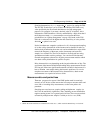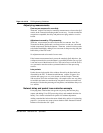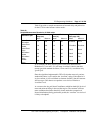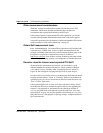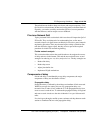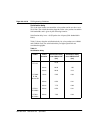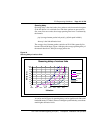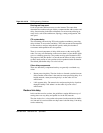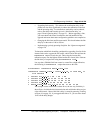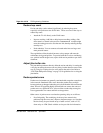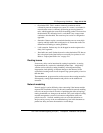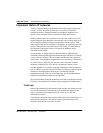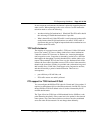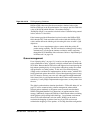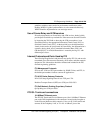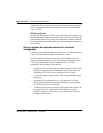
ITG Engineering Guidelines Page 123 of
378
ITG Trunk 2.0 ISDN Signaling Link (ISL) Description, Installation and Operation
• Upgrading link capacity. This reduces the serialization delay of the
packet, but also more significantly it reduces the utilization of the link
and the queueing delay. To estimate how much delay can be reduced,
refer to the tables and formulas given in “Serialization delay” on
page 120 and “Queuing delay” on page 121. Before upgrading a link,
you must check both routers connected to the link intended for the
upgrade and ensure that router configuration guidelines are complied to.
• Changing the link from satellite to terrestrial. This should reduce the link
delay by on the order of 100 to 300 ms.
• Implementing a priority queueing discipline. See “Queue management”
on page 128.
To determine which links should be considered for upgrading, first list all the
intranet links used to support the ITG traffic, which can be derived from the
output for each site pair. Then using the intranet link
utilization report, note the highest utilized and/or the slowest links. Estimate
the link delay of suspect links using the results
Lets say that a 256kbit/s link from router1 to router2 has a high utilization;
the following is a output that traverses this link:
The average rtt time on that link is about 40 ms; the one-way link delay is
about 20 ms, of which the circuit transmission and serialization delay are just
a few milliseconds. Most of this link's delay is caused by queueing. Looking
at Figure 18 on page 121, if you upgrade this link to T1, you can shave about
19 ms off the delay budget.



